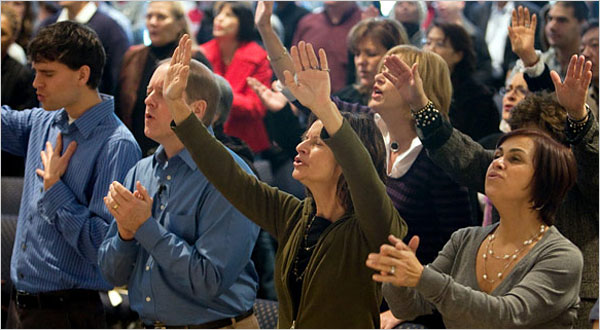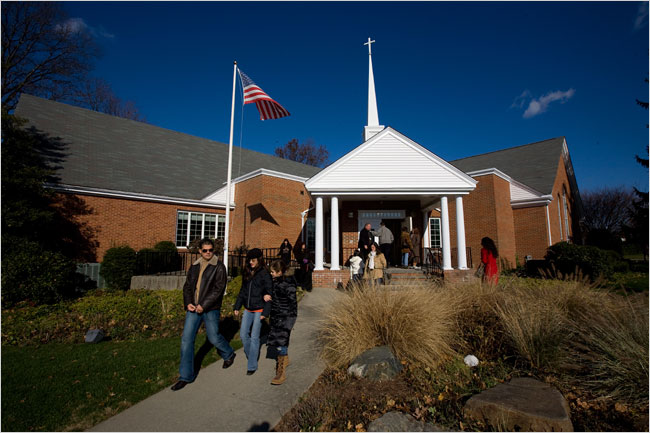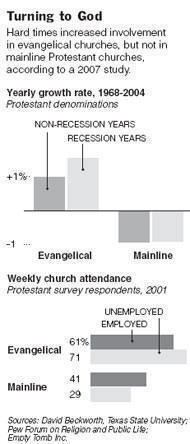| Want to send this page or a link to a friend? Click on mail at the top of this window. |
More Special Reports |
| Posted December 14, 2008 |
| Bad Times Draw Bigger Crowds to Churches |
 |
| JAMES ESTRIN/THE NEW YORK TIMES |
| Attendance is up at Shelter Rock Church on Long. |
| By PAUL VITELLO |
|
|
|
 |
|
| JAMES ESTRIN/THE NEW YORK TIMES | |
| Shelter Rock Church is an evangelical church that has prospered in the wealthy community of Manhasset, N.Y. |
|
|
|
 |
|
|
|
| Wehaitians.com, the scholarly journal of democracy and human rights |
| More from wehaitians.com |